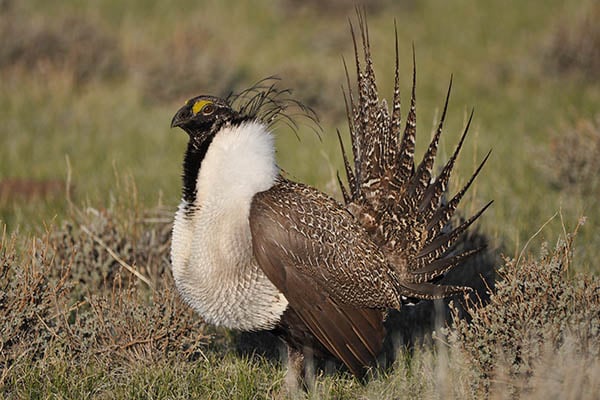
Last Updated on
Grouse are unique game birds that differ greatly across many different regions in North America. While some are illegal to hunt, others provide a challenging hunting experience like no other!
North American Grouse come in many different shapes, colors and sizes. Some species are more commonly-hunted than others, but all provide a great hunting experience.
For upland game hunters, flushing a bird from its cover and shooting it cleanly just as it clears the brush is an exhilarating moment. To experience this success consistently, year after year, takes knowledge, skill and the right equipment.
Learning the Different Grouse Species in North America
There are many different species that represent the grouse family across the world. In North America, the most common can be classified into four groups: sage grouse, prairie grouse, forest grouse and ptarmigan.
Sage Grouse
The greater sage grouse and Gunnison’s sage grouse both have ranges that closely match the distribution of large sagebrush and, to a lesser degree, silver sagebrush. Since populations have been declining range-wide, there are many concerns for the birds’ long-term survival. However, as of 2015, eight states still allowed hunting of the greater sage grouse.
Greater sage grouse males can grow up to 29 inches long and weigh up to 7 pounds. This makes them the largest grouse species in North America. The greater sage grouse features a round body with a small head and long tail. They are mostly mottled brown-gray on the back and wings, but have a black underside. Males have black heads and throats with prominent white upper-breast plumage. Females are generally smaller than males. Males are known for their peculiar breeding displays as they puff up their chests, fan their tails, and inflate yellow air pouches on their breasts.
Prairie Grouse
The prairie grouse group is made up of the sharp-tailed grouse, greater prairie chicken and lesser prairie chicken. Due to widespread population decline, there are only a few states that allow hunting of prairie grouse. Most of these focus solely on the greater prairie chicken, whose numbers appear to be stable in some areas.
Greater prairie chicken adults are medium to large-sized, chicken-like birds with stocky wings. They feature short, rounded tails that are typically blue in coloration. Males have orange feathers over their eyes and long, dark head feathers that can be raised during displays. Males also have an un-feathered circular area on their necks that is bright orange and can be inflated during a display.
The greater prairie chicken is known for its elaborate mating dances. During these displays, males will drum their feet, spread their feathers and making loud booming calls that can be heard over a mile away!
Forest Grouse
Ruffed, spruce, dusky, and sooty grouse make up the forest grouse group. The dusky and sooty grouse species are both hunted in the northwestern United States and Canada. However, their range is limited to these areas. Some states allow spruce grouse hunting, like Washington for example, but they are much less common and hard to find.
Out of the four, ruffed grouse are the most commonly-hunted forest grouse species. They are fairly small birds typically measuring between 15 and 19 inches and weighing between 16 and 26 ounces at adulthood. Ruffed grouse have a triangular crest and an elongated, fan-shaped tail. They often look skinnier than the other grouse species and feature short legs.
The plumage of a ruffed grouse is intricately patterned. Dark bars and spotting jump out on a rusty brown or grayish background. Ruffed grouse also have dark bars that stretch from the side of their necks to their undersides where the often widen.
Ruffed grouse can be found in 38 of the 50 states in the US and in all the Canadian Provinces. They live throughout the Appalachian and Rocky Mountain ranges, the northern mid-west and along the western coast from northern California to Alaska.
Ptarmigan
Ptarmigans are mostly found throughout Canada and Alaska, although the white-tailed ptarmigan range does reach Washington and northern Montana. There are also isolated groups of white-tailed ptarmigan in New Mexico and Colorado. The rock and willow ptarmigans are only found in the northern reaches of Canada and along the western coast of British Columbia.
All of these ptarmigan species are completely white during winter, making them hard to find against the snowy white backgrounds they live in. During the summer, their plumage will change to mottled dark or barred brown. The willow ptarmigan is the most common and the largest of the three species. It is also the most commonly-hunted, especially in Alaska.
Ptarmigans are highly-adapted to low temperatures. They have thick bodies and heavily-insulated plumage. During the winter months, ptarmigans rarely take flight and conserve energy roosting in snow banks and wind-broken tree lines.
Gear and Equipment for Hunting Grouse
When it comes to the right gear and equipment for grouse hunting, there are hundreds of different opinions. Some believe that, without a hunting dog, it is impossible to have consistent success. Yet, others never use a dog and swear it is the way to go. Either way, if you do hunt with a dog, make sure he is well-disciplined and highly-trained. You will just lose a lot of birds with a poorly-trained dog.
One of the biggest arguments among grouse hunters revolves around the right shotgun gauge. There are many hunters that prefer a 12-gauge, but others argue that you destroy too many grouse unless you use a 20 or 28 gauge. At the end of the day, weight is probably the most important factor to consider when choosing a grouse hunting gun. You will most likely be traveling a long way during the hunt, so you need a lightweight shotgun that won’t tire you out and will be easy to pull up when you flush the grouse.
Choke and shot size are also important factors to consider. Grouse are often in thick cover, which means a lot of your shots may be at short range. Typically, any shot over 30 yards is considered a very long grouse shot. Keeping that in mind, an open choke is usually the best way to go. Grouse are also quite fragile game birds. They are fairly easy to bring down, and the heavy cover they fly out of makes smaller shot sizes such as 7 ½ or 8 best in most cases.
No matter where you plan on hunting, it is very important to choose the right clothing. You may be walking miles through sharp brush and wet ground, so your clothing should be durable, lightweight and waterproof if possible. Upland vests, brush pants, waterproof hiking boots, moisture-wicking socks and rain gear are all good ideas.
Quick Grouse Hunting Tips
Grouse hunters don’t have consistent success overnight. The best hunters have years of experience. Here are a few quick tips from the experts:
Be aggressive! Grouse are fast birds that leave little time for your shot to develop. They can get away very quickly into dense cover before you even take a shot. While this doesn’t mean you should just be pulling the trigger every time you hear a twig snap, you should try to be as aggressive if possible when hunting grouse. It takes focus and quick movement to beat these birds to the treetops. Far too many hunters fail to take the shot before it is too late.
Go off the beaten path! Although it may be much easier to follow a trail, you won’t get many good shots until you go busting through the brush. Any experienced grouse hunter knows that the only way to have success is to stay off the beaten path.
Get into the ready position early. Whether you’re hunting with a dog that just got on point or just caught a glimpse of a grouse in the brush, you need to be in the best position to take your shot before proceeding. As you move in, you should have the stock up into your armpit with the barrel pointed forward. This makes for a more natural, efficient motion when it is time to fire.
Since there are so many different types of grouse. Your hunting tactics will greatly depend on where you’re hunting and which types you’re aiming at. However, like many other game birds, any type of grouse can get you hooked on hunting from the first shot!

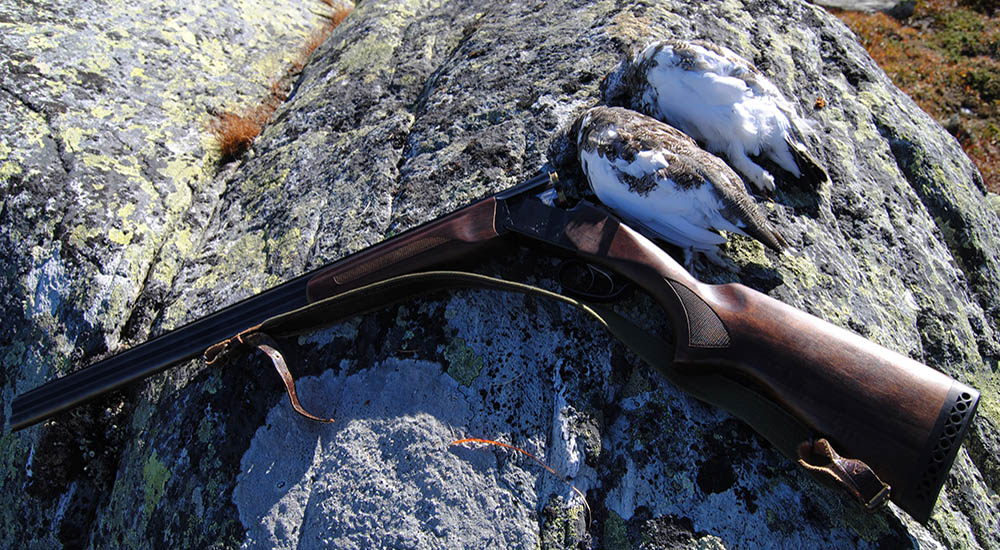
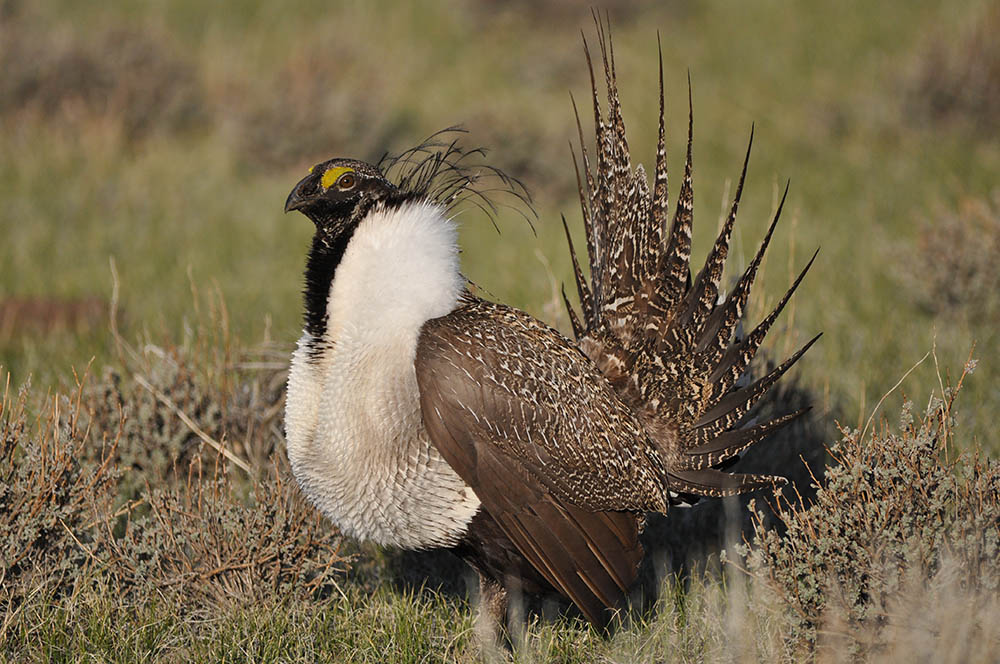
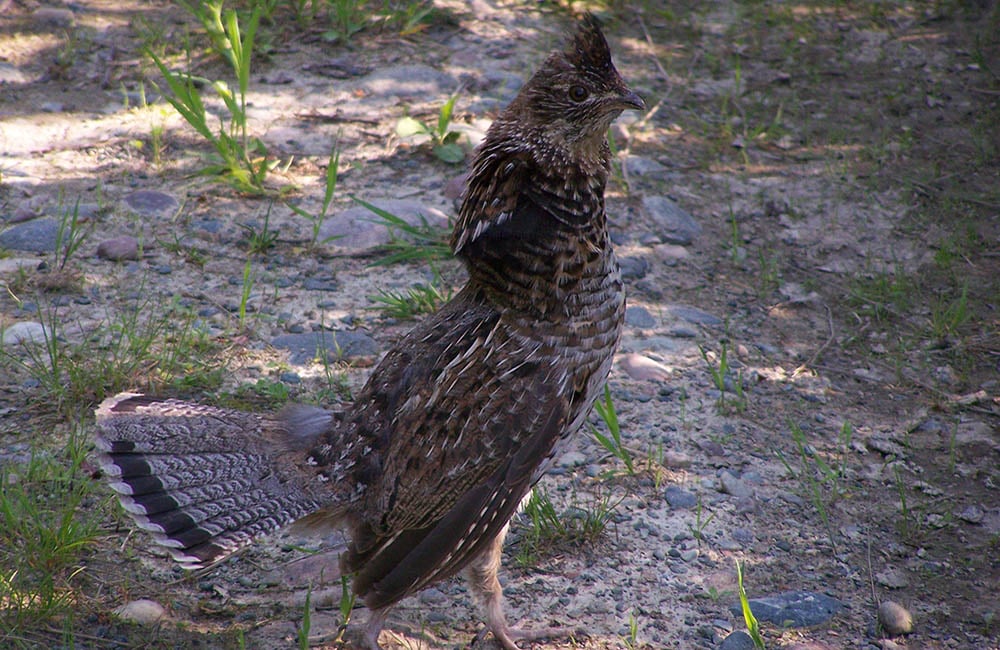
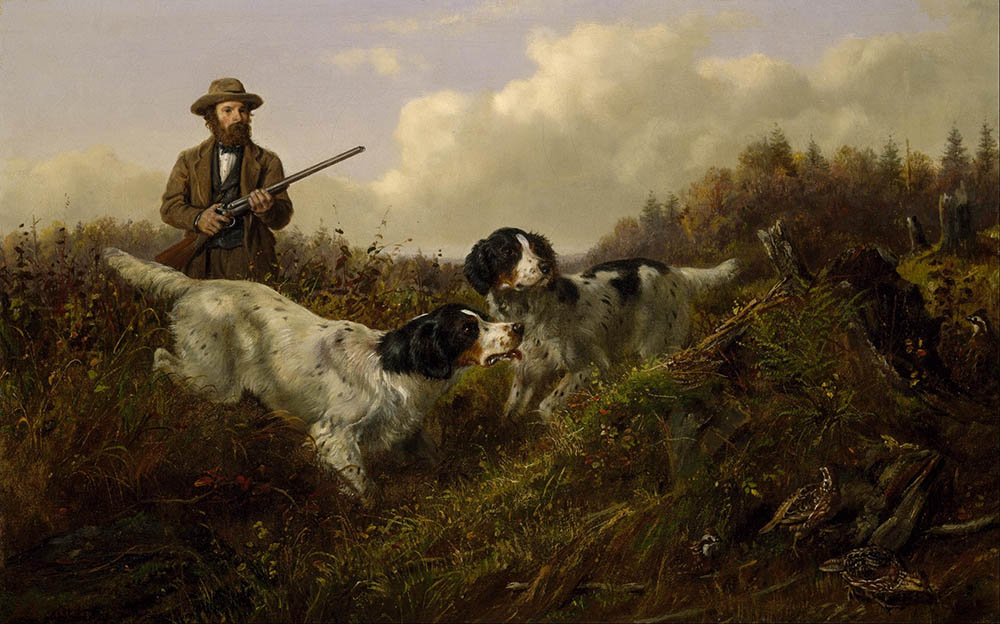



Leave a Reply